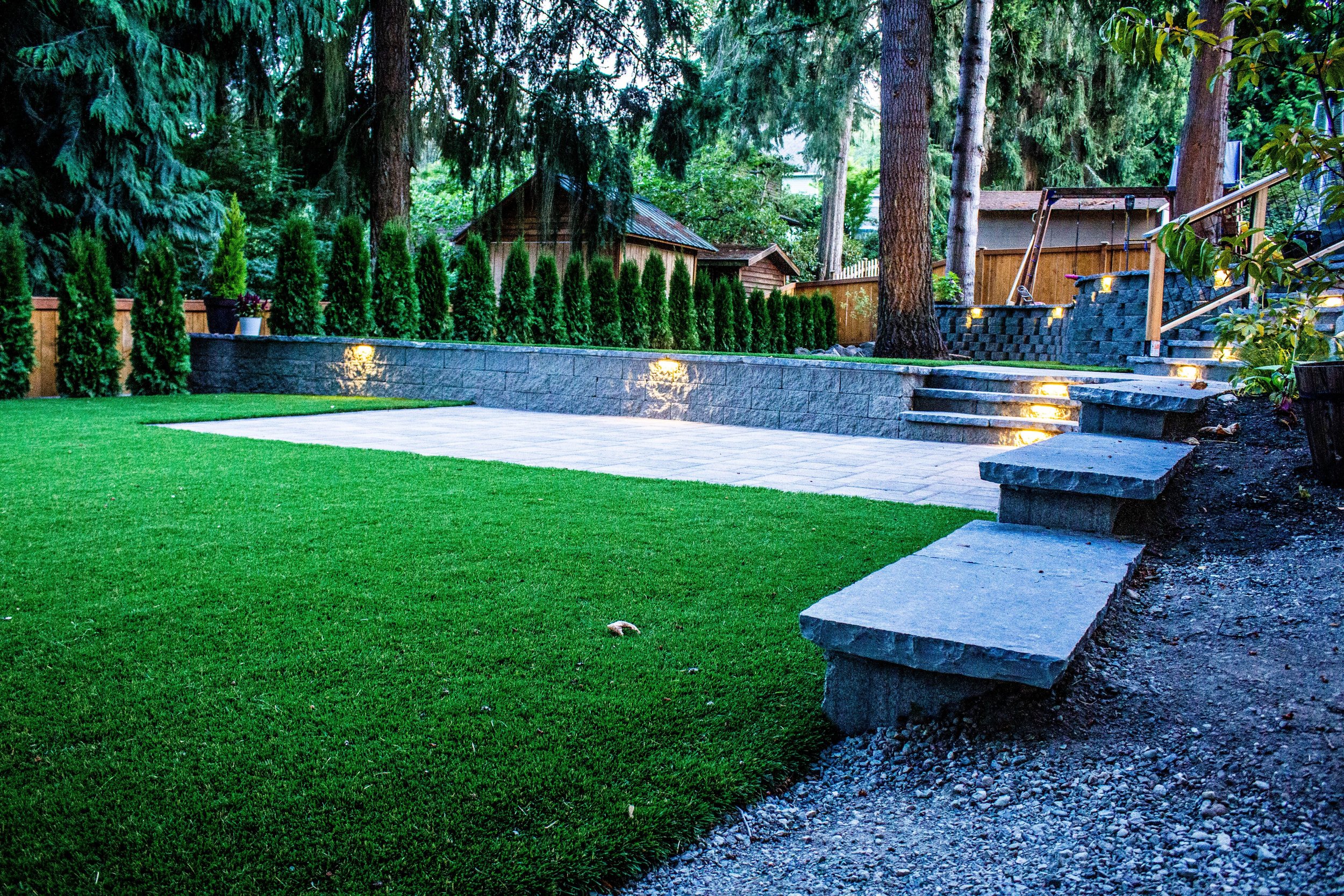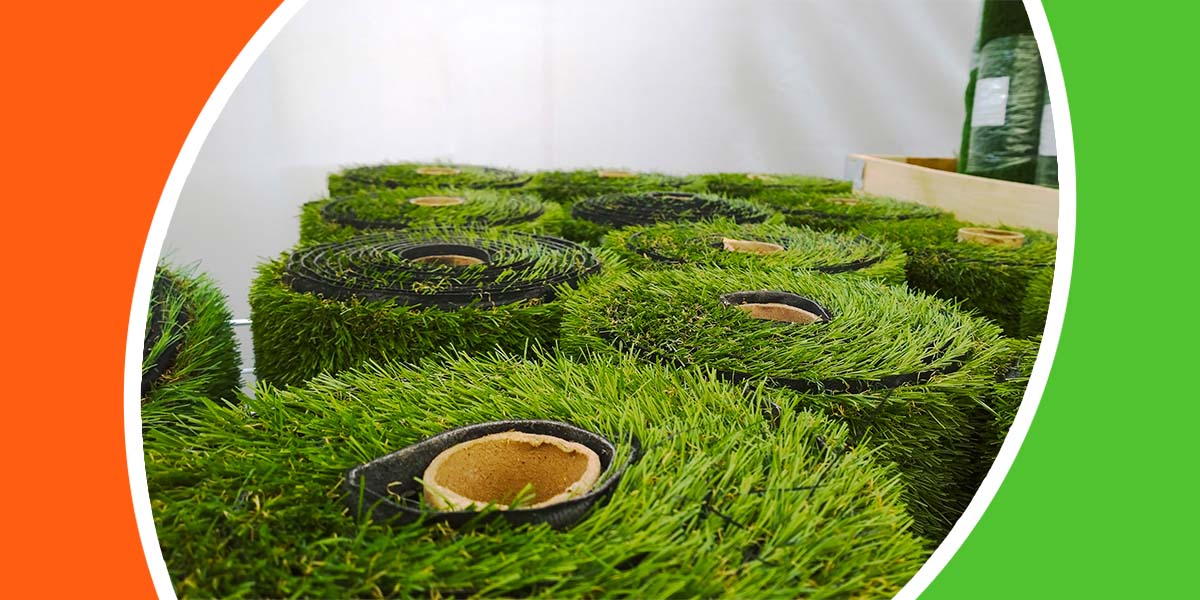Choose the Top Turf Installation Phoenix AZ Services for Your Home or Business
Choose the Top Turf Installation Phoenix AZ Services for Your Home or Business
Blog Article
Explore the Environmental Perks of Opting for Synthetic Grass Solutions
The fostering of fabricated turf options offers a compelling possibility to address pushing environmental challenges. By significantly lowering water use and minimizing the application of hazardous chemicals, these choices not only promote lasting landscape design yet also shield regional communities.
Water Preservation Conveniences
Among the most significant advantages of fabricated turf is its capacity to preserve water. Standard turf lawns require significant watering, specifically in areas prone to drought or water limitations. On the other hand, synthetic grass does not require watering, dramatically decreasing the overall need for water sources. This function is especially valuable in deserts where water deficiency is a pressing worry.
By getting rid of the requirement for routine watering, man-made lawn adds to sustainable landscape practices and assists mitigate the ecological impact of too much water consumption. The conservation of water extends to the reduction of drainage, which can lead to soil erosion and waterway contamination.
Additionally, the installation of synthetic grass permits municipalities and homeowners to assign water resources extra effectively, focusing on necessary usages such as drinking water and agriculture. The change towards synthetic grass not only promotes liable water usage however likewise aligns with wider environmental objectives targeted at protecting natural sources.
As neighborhoods significantly prioritize sustainability, the water conservation benefits of synthetic grass present a compelling instance for its fostering in domestic and business landscape design projects.
Minimized Chemical Use
The transition to artificial lawn substantially lowers the reliance on chemical therapies frequently made use of in natural turf maintenance. Standard lawn administration generally entails the application of herbicides, chemicals, and plant foods to advertise growth and control insects. These chemicals can present threats to human wellness, neighborhood wild animals, and the atmosphere, adding to dirt and water contamination.
In comparison, fabricated turf removes the need for these hazardous substances. Once installed, it calls for marginal maintenance, largely including regular cleansing and infrequent infill replenishment. This decrease in chemical use not only profits the prompt environment but likewise adds to broader ecological stability. By reducing the launch of artificial substances into the ecosystem, synthetic turf promotes much healthier soil and water supply.
Additionally, the absence of chemical drainage connected with synthetic grass setups assists safeguard neighborhood waterways from air pollution, supporting water life and keeping biodiversity. Turf installation phoenix az. As areas progressively focus on lasting practices, selecting synthetic grass provides a sensible remedy that straightens with ecological preservation goals. Via this change, residential property owners can enjoy lush eco-friendly spaces without compromising environmental health, leading the means for a more lasting future
Reduced Carbon Impact

In addition, the setup of synthetic grass can result in substantial water conservation. Natural yards call for substantial quantities of water for irrigation, which not only includes to the carbon impact related to water extraction and therapy yet likewise pressures regional water sources. On the other hand, synthetic grass requires very little upkeep, needing no watering, therefore dramatically minimizing water usage and its connected energy costs.
Furthermore, the long life of artificial lawn adds to its lower carbon impact. With a life expectancy of up to 15 years or even more, the need for constant replacements is diminished, leading to much less waste and reduced energy intake in production and taking care of traditional lawn options. Generally, artificial grass provides a lasting alternative for eco aware landscaping.
Habitat Conservation
Habitat conservation is an essential factor to consider in the discussion over landscaping options, especially when comparing synthetic grass to all-natural grass. All-natural turf yards usually require extensive maintenance, including making use of plant foods, chemicals, and herbicides, which can detrimentally impact regional communities. These chemicals can leach into the soil and waterways, hurting native vegetation and animals and interrupting local habitats.
Man-made lawn gets rid of the requirement for harmful chemicals, therefore safeguarding nearby wild animals and preserving the integrity of bordering communities. The setup of artificial lawn can lead to the conversion of previous lawn locations right into more biodiverse landscapes, such as pollinator gardens or native plant locations, which can support regional wild animals.
Ultimately, the transition to artificial turf not just saves water and decreases maintenance initiatives but additionally fosters a more unified connection between human activities and the natural surroundings, promoting environment conservation while doing so.
Long-Term Sustainability
Lasting sustainability is a crucial consider hop over to these guys reviewing the benefits of synthetic grass over typical grass lawns. One of the most considerable additional hints advantages of synthetic grass is its toughness; it can last approximately 15-20 years with minimal maintenance, whereas all-natural yard needs regular reseeding and substitute. This longevity lowers the demand for consistent resources, such as water, fertilizers, and chemicals, which are vital for preserving a healthy yard yard.
Furthermore, synthetic grass adds to a reduction in carbon exhausts related to grass treatment tools. Traditional yards commonly require gas-powered mowers, leaners, and blowers, every one of which contribute to air pollution. Arizona artificial turf. On the other hand, synthetic grass gets rid of the requirement for such equipment, promoting a cleaner setting
In addition, the production of artificial turf significantly uses recycled materials, boosting its sustainability account. As suppliers embrace environmentally friendly techniques, the environmental footprint of synthetic grass proceeds to decrease.

Final Thought
The adoption of synthetic grass options presents substantial ecological benefits, consisting of considerable water conservation, lowered reliance on unsafe chemicals, and a lower carbon impact. Fabricated lawn help in protecting all-natural environments by minimizing land disturbance and promoting long-lasting sustainability with the usage of resilient materials. Jointly, these aspects highlight the possibility of synthetic grass to contribute favorably to ecological health and wellness and supply a viable option to standard landscaping techniques in a significantly resource-conscious world.
In contrast, fabricated grass does not require watering, considerably decreasing the general need for water sources. By decreasing the release of synthetic compounds into the environment, artificial lawn promotes much healthier soil and water systems.
Moreover, the installation of fabricated turf can result in substantial water conservation. In contrast, man-made lawn needs marginal maintenance, calling for helpful site no watering, consequently substantially decreasing water use and its associated power prices.

Report this page